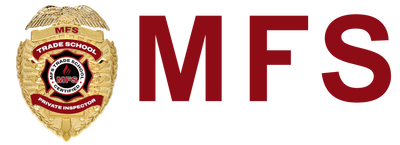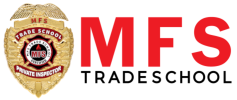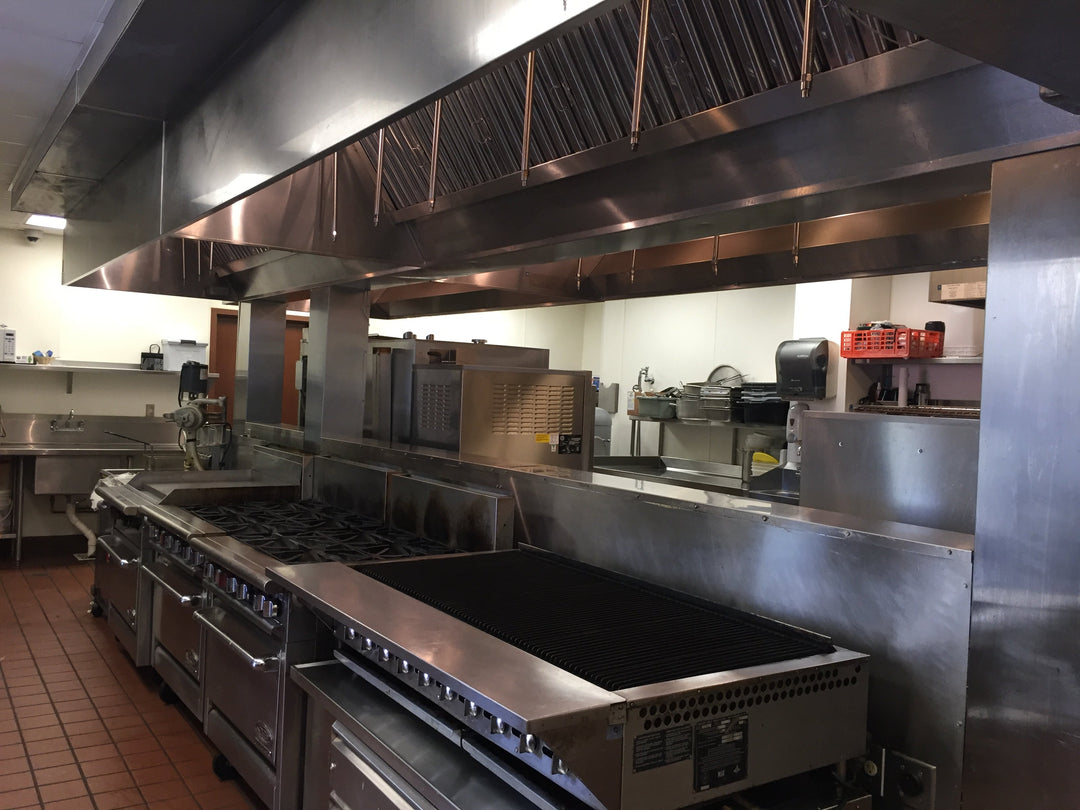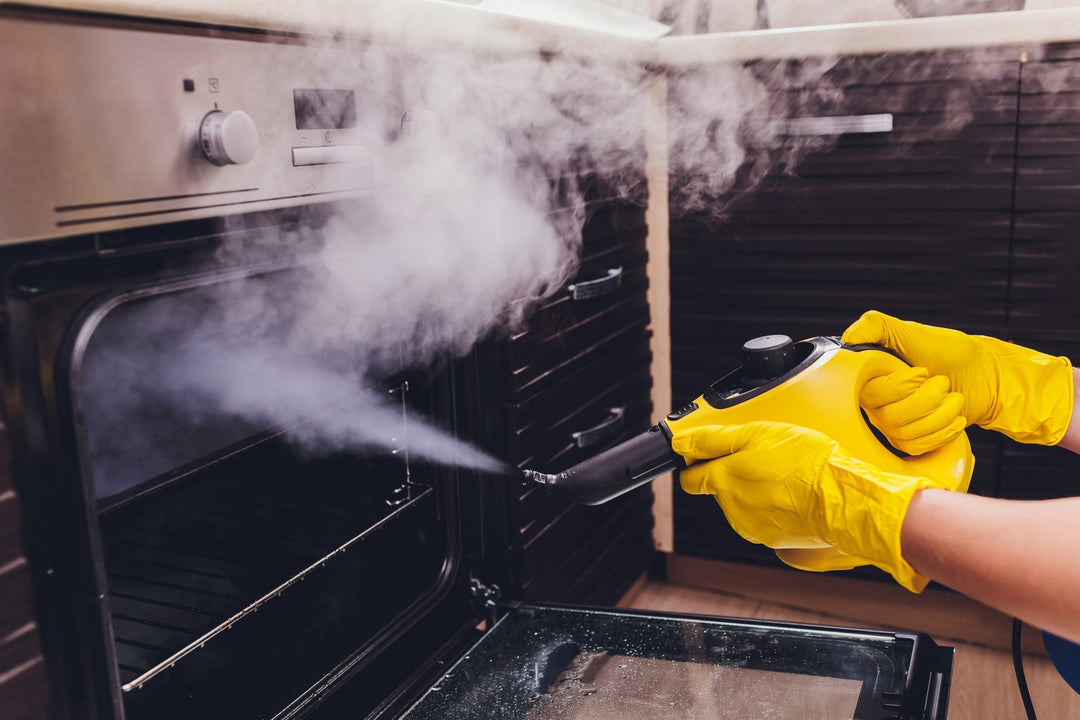Essential Factors for Selecting a Hood Cleaning Service
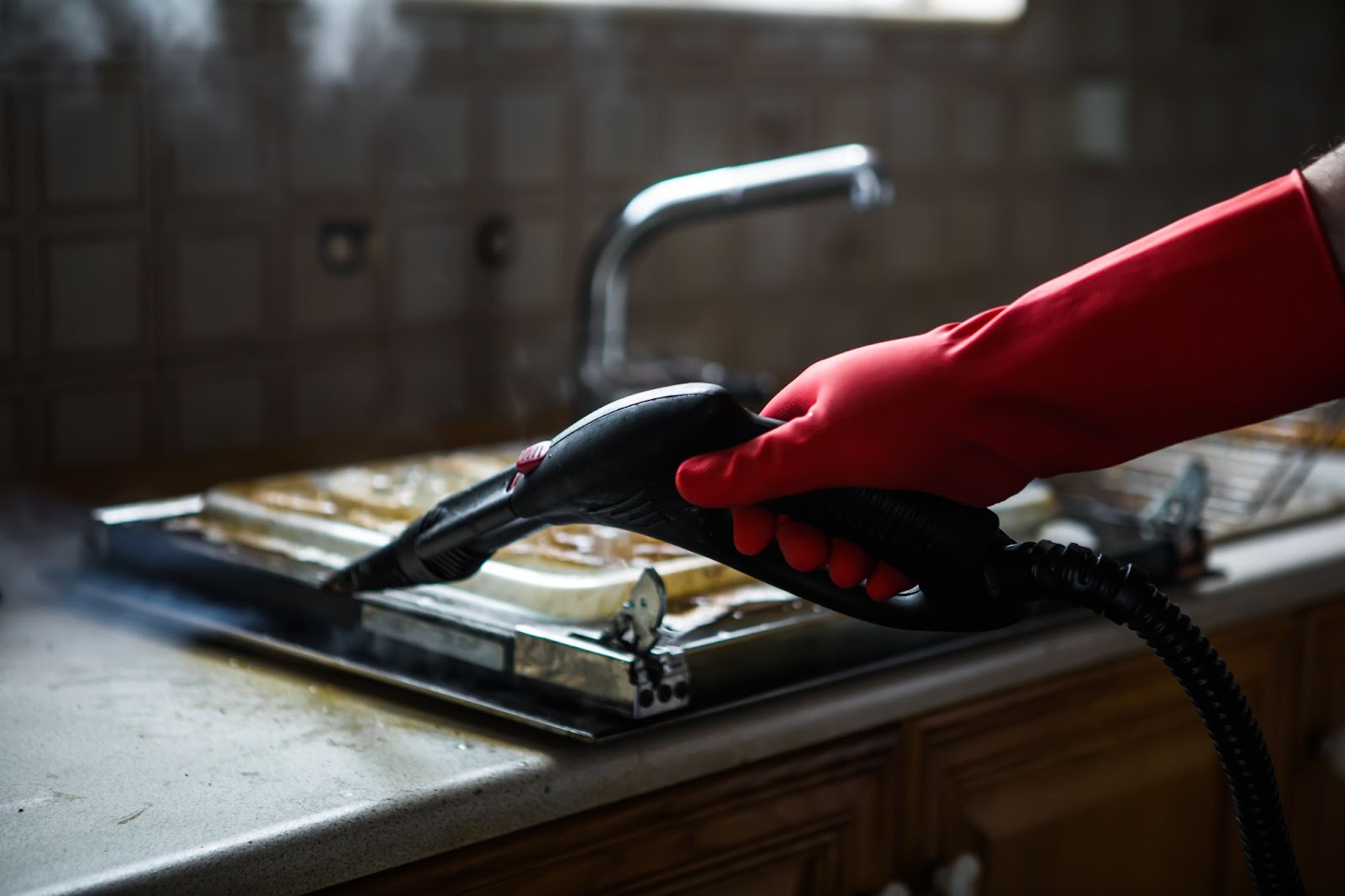
Maintaining a clean and safe kitchen is a top priority for any restaurant owner or manager, and understanding best practices for maintaining commercial kitchens can help achieve this goal. A crucial aspect of this responsibility is ensuring the proper maintenance and cleaning of the kitchen exhaust system.
Regular cleaning of the exhaust hoods, ducts, and fans is essential for preventing grease buildup, which can lead to fire hazards and non-compliance with health and safety regulations. Choosing the right hood cleaning service is a critical decision that can impact the well-being of your staff, customers, and business.
What is a Hood Cleaning Service?
A hood cleaning service specializes in maintaining and cleaning restaurant kitchen exhaust systems, ensuring they are free from grease buildup and comply with safety standards. These professionals are trained to thoroughly clean and inspect all components of the exhaust system, including hoods, filters, ducts, and fans.
The process of hood cleaning is crucial for preventing fire hazards and maintaining a safe and efficient kitchen environment, and utilizing commercial kitchen maintenance solutions can further enhance safety and efficiency. By removing grease and other debris from the exhaust system, hood cleaning services help reduce the risk of kitchen fires, improve air quality, and ensure compliance with local health and safety regulations.
How to Choose the Right Hood Cleaning Service
Understanding the importance of selecting a qualified hood cleaning service is the first step in maintaining a safe and compliant kitchen. When evaluating potential service providers, consider the following key factors:
Certifications and Training
Ensure that the hood cleaning company you choose employs technicians who are certified by reputable organizations such as the National Fire Protection Association (NFPA) or the International Kitchen Exhaust Cleaning Association (IKECA). For those looking to enter the industry, hands-on training for kitchen exhaust hood cleaning can provide the skills and certification needed.
Experience and Reputation
Request references and testimonials from past clients to gauge the company's experience and reputation in the industry. You can also explore student reviews of MFS Trade School to see how others have benefited from their training programs.
Range of Services Offered
Confirm that the hood cleaning company offers a comprehensive range of services, including thorough cleaning of hoods, ducts, and fans, as outlined in this comprehensive guide to kitchen maintenance. Some providers may also offer additional services such as filter replacement, repairs, or complete restaurant maintenance packages. Consider the specific needs of your kitchen when evaluating the services offered by potential providers.
Equipment and Cleaning Techniques
State-of-the-art equipment and advanced cleaning methods, such as foam cleaning, can enhance the efficiency and effectiveness of the cleaning process. Those interested in learning these techniques can benefit from an online kitchen exhaust hood cleaning course. The technology and methods employed by a hood cleaning service directly influence the quality and thoroughness of the cleaning process, as demonstrated in this step-by-step guide to deep-cleaning your kitchen.
Insurance and Documentation
Verify that the hood cleaning service carries adequate liability insurance and workers' compensation coverage. For more details on training and certifications, visit FAQs about MFS Trade School certifications. Additionally, a reputable service provider should offer thorough documentation and reporting after each cleaning, including before and after photos, detailed service reports, and recommendations for any necessary repairs or improvements.
How to Choose the Right Hood Cleaning Service
Selecting a hood cleaning service goes beyond just finding a provider—it's about ensuring the safety and operational efficiency of your kitchen. A qualified service provider will not only adhere to the highest safety standards but also offer peace of mind by keeping your kitchen exhaust system in optimal condition.
Evaluating Service Provider Qualifications
Recognition and Standards: Focus on companies that demonstrate a commitment to industry standards through accreditation from recognized bodies. This signals their ability to meet the rigorous demands of kitchen safety and compliance.
Inspection and Reporting: A reputable service will conduct thorough inspections and provide comprehensive reports. These should include details of the cleaning process, any identified issues, and recommendations for ongoing maintenance.
Service Quality and Scope
Diverse Service Options: Choose providers that offer an extensive range of cleaning services, ensuring that every aspect of the exhaust system, including ducts and fans, receives meticulous attention.
Tailored Maintenance Agreements: Consider companies that offer customized maintenance plans that fit the unique operational needs of your kitchen, ensuring regular service without interrupting business flow.
Insurance and Safety Measures
Comprehensive Coverage: Ensure the company maintains robust insurance policies to protect against potential risks, safeguarding your business during the cleaning operations.
Safety Protocols: Ensure the service provider implements robust safety measures to protect both their workers and your kitchen environment. This includes using protective gear and environmentally friendly cleaning agents.
Selecting the right hood cleaning service involves careful consideration of these factors to ensure your kitchen remains safe and efficient. The right choice will help maintain compliance with health regulations, thereby contributing to the overall success of your restaurant.
Step 1: Verify Certifications
Certifications are essential when selecting a hood cleaning service. They serve as a benchmark for quality and compliance with industry standards. A company certified by respected bodies demonstrates a commitment to maintaining high safety protocols and operational excellence.
Importance of Certifications
Recognized Standards: Look for certifications from established organizations that ensure the company adheres to rigorous safety guidelines. This is vital for preventing hazards associated with grease-laden vapors.
Professional Training: Certification ensures that technicians are well-trained to execute comprehensive cleaning processes effectively. It reflects their capability to manage exhaust systems with precision and care.
Risks of Non-Certification
Choosing a service without proper certification can lead to significant risks. Companies lacking accreditation may not follow essential safety protocols, increasing the probability of fire incidents and regulatory non-compliance. This oversight jeopardizes both safety and the operational integrity of your kitchen.
Step 2: Assess Experience and Reputation
Evaluating a hood cleaning service involves examining both their industry presence and client satisfaction. A company's depth of experience often signifies their ability to handle complex kitchen exhaust systems effectively, ensuring safety and compliance with regulatory standards.
Verifying Track Record
-
Client Feedback: Delve into reviews and feedback from previous clients to gauge satisfaction levels and service dependability. Consistent positive responses often reflect the company's commitment to excellence.
-
Years in Business: The duration of a company’s operation can be indicative of its expertise. Long-standing businesses tend to have refined their processes and developed robust methodologies for addressing diverse cleaning challenges.
Building Trust
-
Direct Inquiries: Engage directly with past clients to gain insights into their experiences. This direct communication can reveal the strengths and weaknesses of the service provider and set realistic expectations.
-
Reputation for Reliability: A service provider known for its reliability often demonstrates a track record of timely and efficient service delivery. This reliability is crucial for maintaining uninterrupted kitchen operations and ensuring safety compliance.
By carefully assessing the experience and reputation of a hood cleaning service, you can select a provider capable of maintaining the highest standards in kitchen exhaust system care.
Step 3: Evaluate Services Offered
When assessing a hood cleaning service, it's vital to understand the breadth of their service offerings. This ensures that every component of your kitchen exhaust system is thoroughly addressed, lowering the risk of neglected areas that could compromise safety and efficiency.
Key Service Inclusions
-
Comprehensive Exhaust System Care: Confirm that the service encompasses all critical elements of the exhaust system. This includes not only hoods but also any ancillary components that support optimal ventilation and air quality.
-
Specialized Maintenance Tasks: Investigate whether the company provides targeted maintenance, such as the servicing of exhaust fans or specific duct components. These specialized tasks are crucial for minimizing potential disruptions and maintaining smooth kitchen operations.
Integrated Maintenance Solutions
Look for providers that offer integrated solutions, encompassing a wide range of preventive and corrective measures. Such approaches ensure that your kitchen remains compliant with safety standards and operates at peak efficiency. By choosing a service with a comprehensive approach, you can streamline maintenance efforts and ensure all elements of your exhaust system receive the necessary attention.
Step 4: Review Equipment and Techniques
The technology and methods employed by a hood cleaning service directly influence the quality and thoroughness of the cleaning process. Cutting-edge equipment and innovative techniques are essential for effectively removing grease buildup and ensuring a safe kitchen environment. It's imperative to select a provider that utilizes state-of-the-art technology to maximize cleaning efficiency and effectiveness.
Advanced Cleaning Methods
-
Steam Cleaning: This method uses high-temperature steam, which is particularly effective at breaking down grease and sanitizing surfaces. Steam cleaning offers the dual benefits of deep cleaning while minimizing the need for harsh chemicals.
-
Rotary Cleaning Systems: These systems incorporate rotating brushes to scrub and clean hard-to-reach areas within the exhaust system. Rotary systems ensure a meticulous clean, addressing both surface and embedded residues efficiently.
Importance of Equipment Quality
Opting for a service that prioritizes the latest equipment showcases their dedication to maintaining high safety and operational standards. Modern tools not only improve cleaning outcomes but also help prevent potential damage to kitchen infrastructure. Providers equipped with these advancements safeguard your kitchen's compliance with safety regulations while minimizing operational interruptions.
Step 5: Check for Insurance and Documentation
Verifying the insurance credentials of a hood cleaning service is essential for mitigating potential risks. Ensure the company holds sufficient general liability insurance to cover any accidental damage that may occur during the cleaning process. Additionally, workers' compensation coverage is crucial—it protects your business from being held financially responsible for any injuries that might occur on your premises.
Importance of Comprehensive Documentation
-
Thorough Inspection Records: Request a detailed account of the cleaning performed. This should include a checklist of the tasks completed, such as duct and fan cleaning, to ensure transparency and accountability.
-
Regulatory Adherence: Documentation should clearly demonstrate compliance with all applicable safety and health regulations. This not only ensures your kitchen's safety but also provides a paper trail for regulatory purposes.
Advantages of Rigorous Record-Keeping
Keeping detailed records offers insights into the overall health of your kitchen exhaust system, facilitating proactive maintenance planning. These records can help identify trends or recurring issues, allowing for timely interventions to prevent major problems. Such comprehensive documentation supports ongoing compliance and operational efficiency, ensuring your restaurant remains a safe and welcoming environment for staff and patrons alike.
Choosing the right hood cleaning service is a critical decision that directly impacts the safety, compliance, and efficiency of your restaurant kitchen. By carefully considering factors such as certifications, experience, services offered, equipment, and documentation, you can select a provider that will help maintain a clean, safe, and well-functioning exhaust system. If you're interested in starting or growing your own cleaning business, explore our training and certification courses to gain the skills and knowledge needed to succeed in this essential industry.
